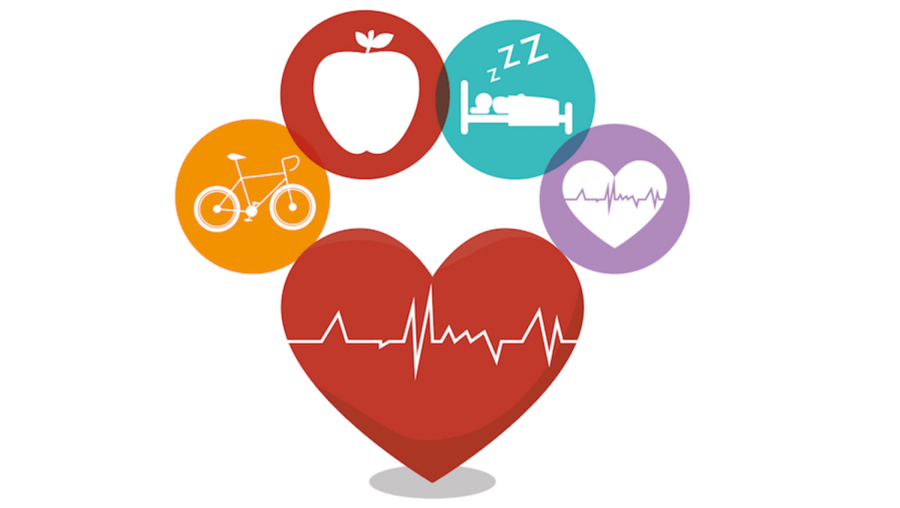The Synergistic Relationship Between Work-Life Integration and Holistic Well-being
In contemporary society, characterized by its accelerated pace and heightened demands, the integration of work and personal life assumes paramount importance for overall well-being. This essay explores the multifaceted benefits of effective work-life integration, leveraging established theoretical frameworks to illuminate its impact on individual health and organizational success. We will define key concepts before delving into specific applications. Work-life integration refers to a flexible and dynamic approach where individuals seamlessly blend professional and personal responsibilities, rather than rigidly separating them. Holistic well-being encompasses physical, mental, emotional, and social dimensions of health, emphasizing interconnectedness and balance. The Job Demands-Resources (JD-R) model, a prominent theoretical framework in occupational health psychology, will be utilized to analyze the relationship between work characteristics and well-being outcomes.
1. Stress Mitigation and Enhanced Resilience: The JD-R model posits that high job demands coupled with low job resources lead to job strain, manifesting as heightened stress and reduced well-being. Work-life integration, through effective boundary management and prioritization techniques, can serve as a crucial job resource, mitigating the negative effects of job demands. Time management strategies, such as the Eisenhower Matrix (urgent/important), facilitate efficient task completion, reducing feelings of being overwhelmed. Furthermore, engaging in restorative activities outside of work, as suggested by the Conservation of Resources (COR) theory, replenishes depleted resources and fosters psychological resilience.
2. Optimized Cognitive Function and Productivity: Periods of rest and rejuvenation are crucial for optimal cognitive function. Work-life integration, by providing opportunities for non-work activities, supports cognitive restoration. This enhanced cognitive capacity translates into improved focus, creativity, and problem-solving abilities at work. The concept of flow, as described by Mihály Csíkszentmihályi, highlights the importance of engaging in activities that are challenging yet attainable; work-life integration allows individuals to pursue such activities both professionally and personally, fostering a sense of accomplishment and boosting productivity.
3. Strengthened Social Capital and Relationship Quality: Strong social relationships serve as a significant buffer against stress and contribute significantly to overall well-being. Work-life integration facilitates the nurturing of these relationships by providing time and flexibility to engage with family, friends, and community. Social support, as emphasized in social support theory, plays a pivotal role in coping with adversity and promoting mental health. Prioritizing quality time with loved ones bolsters social capital and enhances relationship satisfaction.
4. Proactive Health Management and Physical Well-being: Neglecting personal health often accompanies a work-centric lifestyle. Work-life integration creates space for proactive health management, including regular exercise, balanced nutrition, and sufficient sleep. The biopsychosocial model emphasizes the interplay between biological, psychological, and social factors in health and illness; work-life integration directly addresses these factors by promoting healthy lifestyle choices and reducing the risk of stress-related health problems.
5. Enhanced Job Satisfaction and Organizational Commitment: Individuals who experience a sense of balance and fulfillment in both their professional and personal lives exhibit greater job satisfaction and organizational commitment. This positive feedback loop contributes to higher levels of employee engagement and reduced turnover rates. The expectancy theory of motivation suggests that individuals are more motivated when they believe their efforts will lead to desirable outcomes; work-life integration can enhance this belief by fostering a supportive work environment that values employee well-being.
6. Improved Organizational Performance and Reduced Absenteeism: Organizations that prioritize employee well-being and encourage work-life integration experience benefits such as reduced absenteeism and increased productivity. This positive organizational climate results in improved employee morale, reduced stress-related illness, and greater efficiency. The organizational justice theory highlights the importance of fairness and equity in the workplace; fostering a culture that supports work-life integration demonstrates a commitment to employee well-being, contributing to a sense of fairness and equity.
Conclusions and Recommendations: Achieving effective work-life integration is not merely a matter of personal preference but a critical factor influencing individual well-being and organizational success. The JD-R model, COR theory, social support theory, the biopsychosocial model, expectancy theory, and organizational justice theory all converge to support the significant positive impact of work-life integration. To foster this integration, organizations should implement flexible work arrangements, promote supportive leadership, provide resources for stress management, and foster a culture that values employee well-being. Future research could investigate the specific interventions and organizational strategies most effective in promoting work-life integration across diverse industries and populations. The long-term impact on employee health, productivity, and organizational sustainability warrants further exploration.
Reader Pool: Considering the interconnectedness of work and personal life as explored in this article, what innovative strategies could organizations adopt to further support employee well-being and optimize work-life integration?




No comments yet. Be the first to share your thoughts!